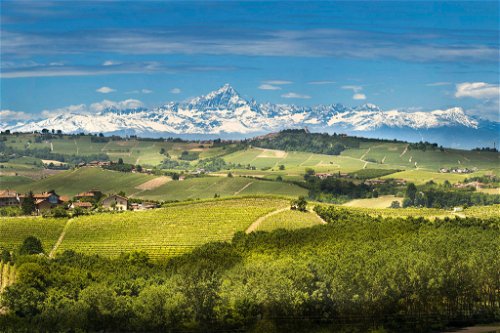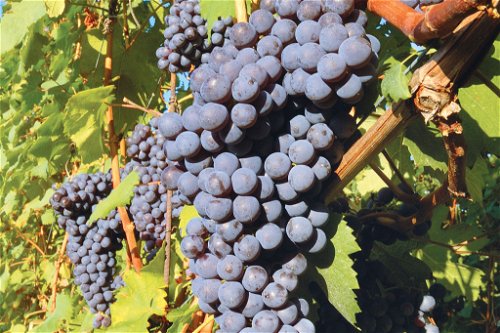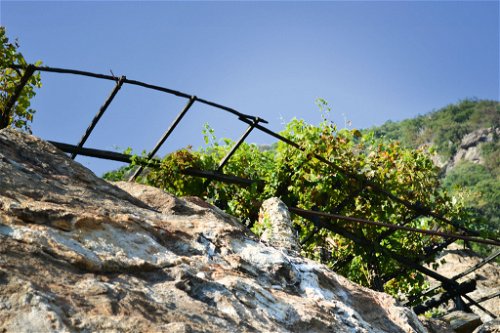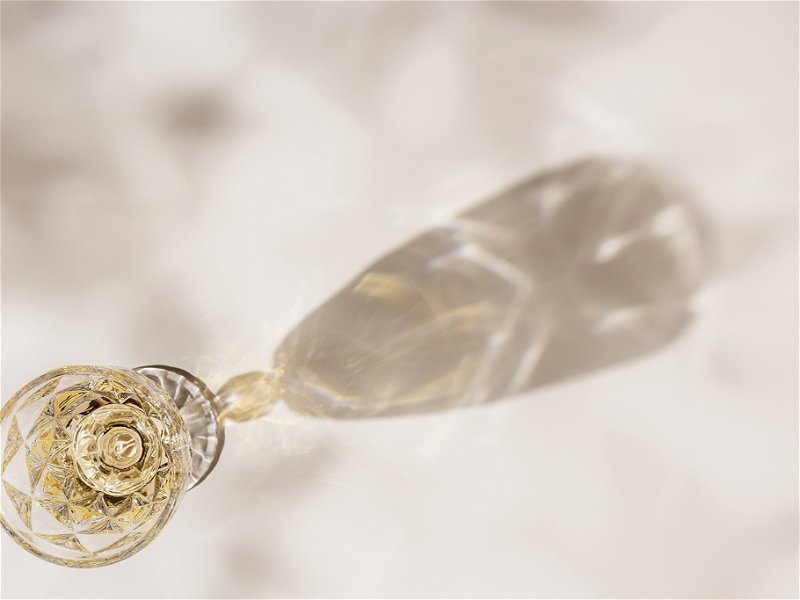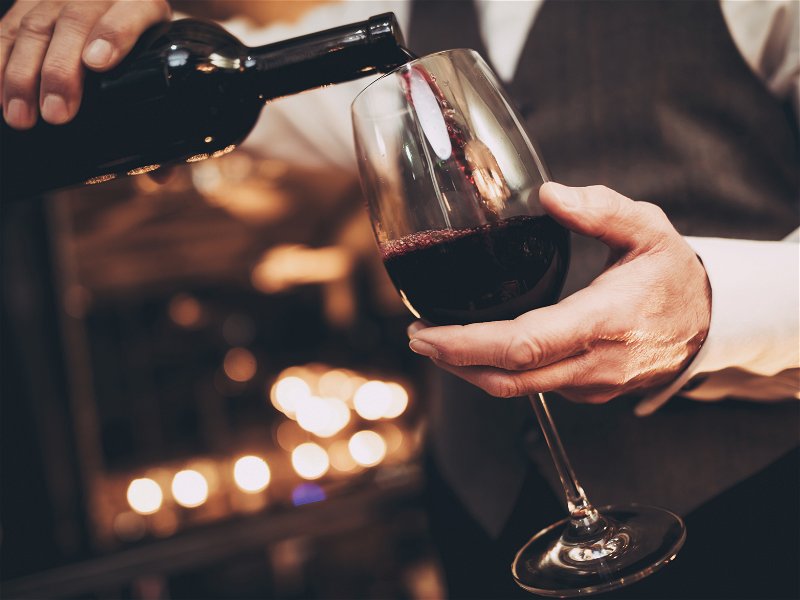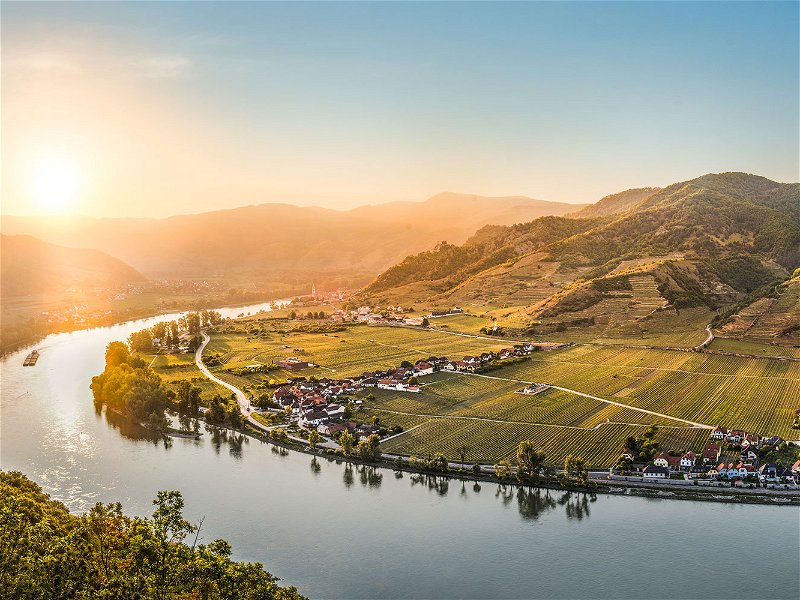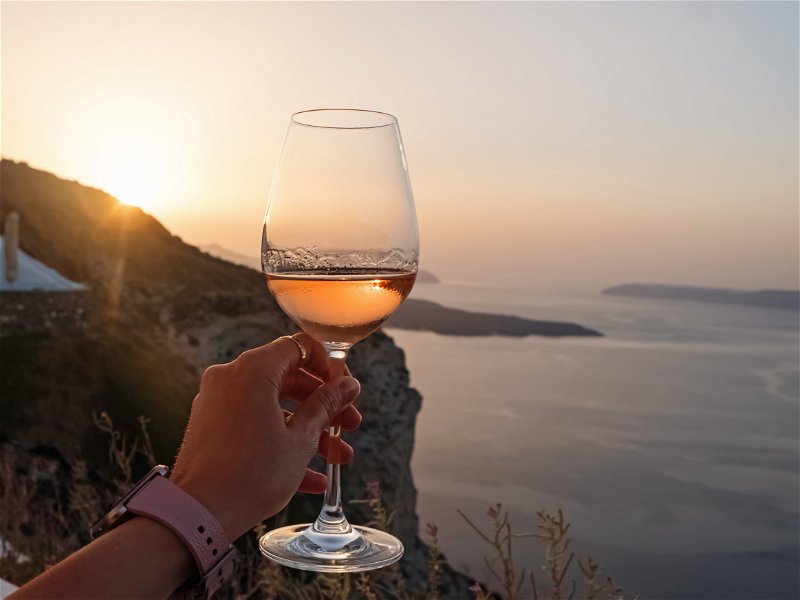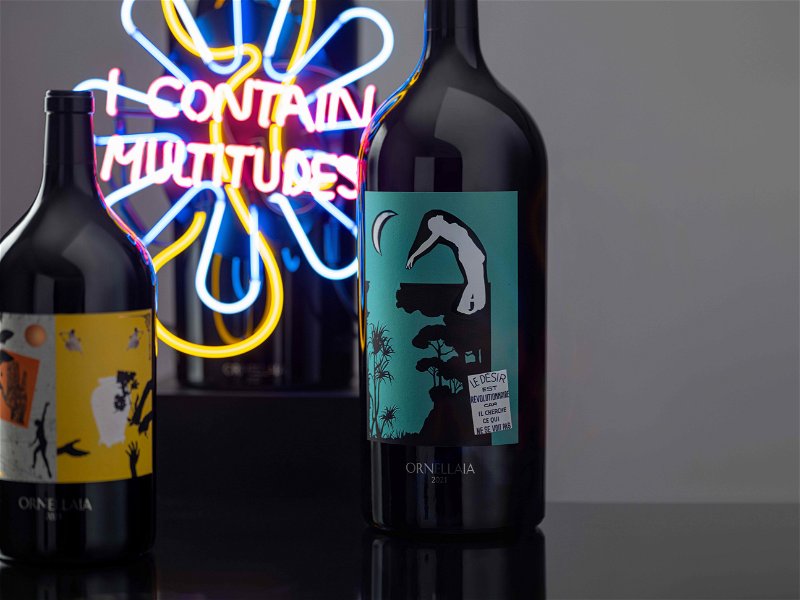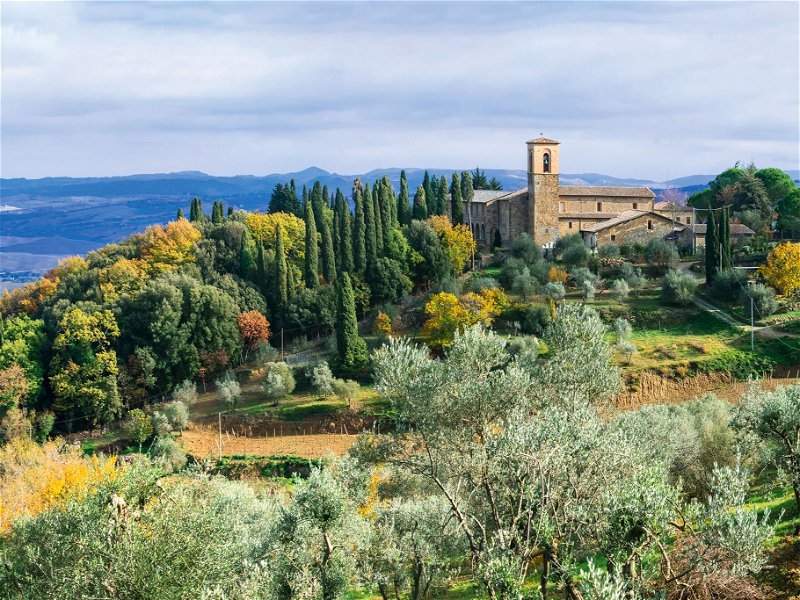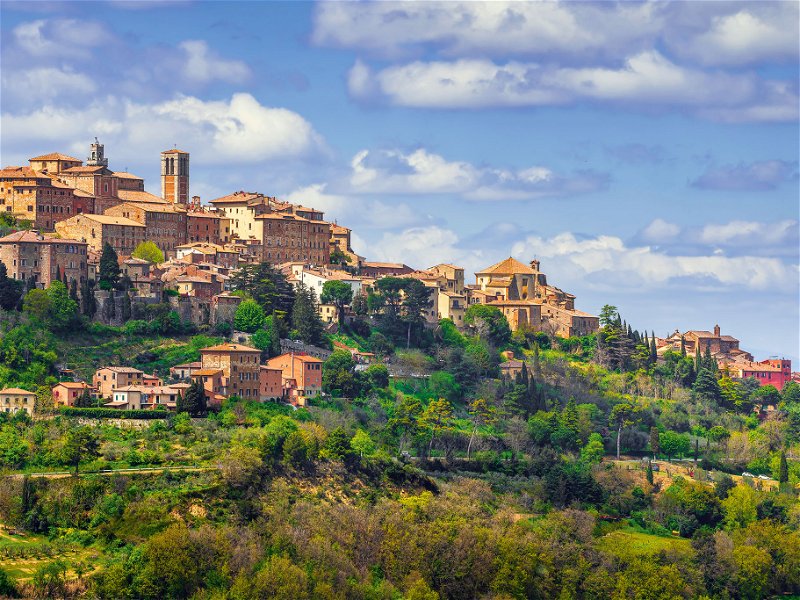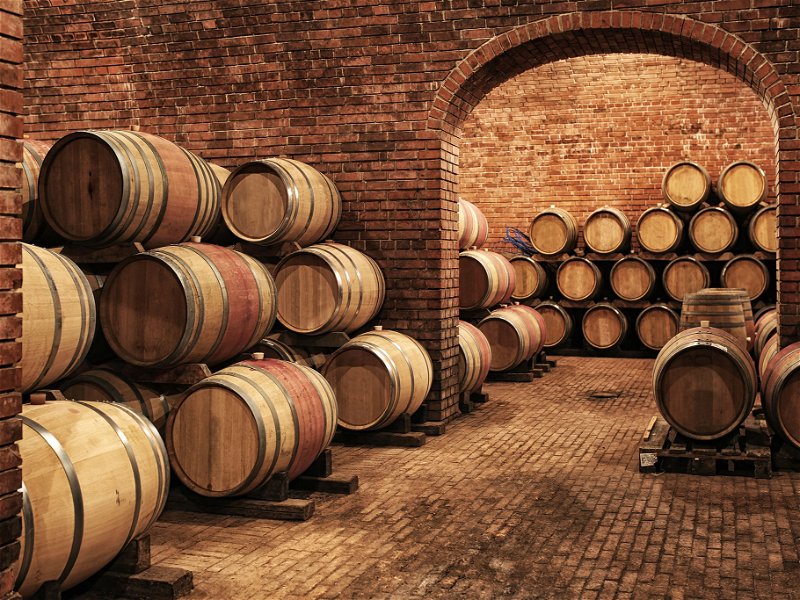Nebbiolo: The stuff red wine dreams are made of
Nebbiolo is often overshadowed by other famous red wine varieties. This changes abruptly when you mention the wines that are made from it: Barolo, Barbaresco, Roero as well as Nebbiolo itself, but also Gattinara or Sforzato are among the most expressive red wines in the world.
Nebbiolo – this word clearly resonates with "Nebbia", the Italian term for fog. Today, however, there is no consensus as to whether the name for Nebbiolo has its origins in the fog that forms when the variety is harvested or in the white coating that forms on the ripe berries. For wine lovers, however, this is of little relevance. What is certain is that Nebbiolo forms the basis for many popular red wines. The variety is found almost exclusively in Italy – of the approximately 6,000 hectares planted with Nebbiolo worldwide, 5,250 are in Italy. There, in turn, the distribution of Nebbiolo is essentially limited to the northwest, to Piedmont, Aosta and Lombardy.
Nebbiolo sprouts early, so that the shoot tips are at risk from spring frosts. Warmth is good for him, he likes heat less. Nebbiolo only reaches maturity late; in normal years, the main harvest takes place in mid-October. Nebbiolo wines tend to be light in color and usually have a ruby-garnet hue. Characteristic aromas of raspberries, plums and blackberries, as well as leather and truffles in more mature wines. On the palate, Nebbiolo wines are full-bodied and structured, with firm, present tannins and clearly perceptible acidity. Due to the significant tannins, Nebbiolo wines generally require a longer ageing period, but can then be stored for a long time.
Langhe-Roero
Even if many may not believe it, Nebbiolo is not the most frequently cultivated red grape variety in Piedmont, that is Barbera. Nebbiolo is the most important variety only in the peripheral areas, in the south and north. Nebbiolo is most widespread in southern Piedmont. The hills around the small town of Alba are famous for the red wines that are produced there. To the east, on the right bank of the Tanaro river, are the Langhe hills, to the south the Barolo region. To the north of Alba, much smaller, is the Barbaresco region. It is just under a third of the size of Barolo. The best Nebbiolo wines produced here do not bear the name of the variety, but that of the region, i.e. Barolo and Barbaresco. But there is also the Langhe-Nebbiolo. This comes from younger vineyards or from sites in these two regions that are not so optimally oriented. Two decades ago, Langhe-Nebbiolo played only a marginal role outside its home region. However, a lot has changed since then: Thanks to Barolo and Barbaresco, Nebbiolo has become better known as a variety and the quality of Langhe Nebbiolo wines has increased enormously. They show a very clear, fragrant nose with the typical raspberry notes, are precisely vinified and have a good drinking flow. And finally, the soaring prices of Barolo and Barbaresco are making Nebbiolo wines increasingly interesting – especially in the restaurant trade.
To the west of Alba, on the left bank of the Tanaro, lies the Roero region. Here the soil is sandier and the hills steeper. Here, too, there is a wine that is named like the region itself: Roero. In contrast to Barolo and Barbaresco, which may consist exclusively of Nebbiolo, a Roero can also contain up to five percent other varieties. However, Nebbiolo d'Alba can also be produced on the hills of the Roero. This area of origin includes all the municipalities and vineyards around Alba that do not fall under Barolo or Barbaresco.

Northern Piedmont and Valle d'Aosta
The second important growing region for Nebbiolo is in northern Piedmont, in the provinces of Biella, Vercelli and Novara. The variety is called Spanna there. The Gattinara growing region is the best known, not least because Giacomo Conterno from the Barolo region took over the Nervi winery here a few years ago.
However, there are nine other areas on the southern edge of the Alpine arc where Nebbiolo plays the leading role: Ghemme, Boca, Bramaterra, Lessona, Costa della Sesia, Fara, Sizzano, Colline Novaresi and Valli Ossolane, already close to the border with Switzerland. The microclimate is characterized by the mighty Monte Rosa massif, from which fresh winds provide cooling in the rows of vines. Limestone soils are also predominant here, but there are also porphyry soils of volcanic origin in the Gattinara and Boca areas. Small quantities of Nebbiolo wines are also produced in the Aosta Valley in the north-east. Due to the cool climate here, the wines are much more delicate and fresh, sometimes reminiscent of a Pinot Noir.
Valtellina
The largest growing area for Nebbiolo outside of Piedmont is the Valtellina valley in Lombardy. The long valley stretches in a west-east direction from Lake Como via the main town of Sondrio to Tirano, always on the border with Switzerland. Viticulture takes place exclusively on the south-facing north side of the valley. The area is characterized by miles of stone terraces that stretch across the steep slopes. In Valtellina, Nebbiolo is known as Chiavennasca. As Nebbiolo has a strong site character, it is also customary in Valtellina to vinify the wines separately according to site. A specialty is the Sforzato, which – like an Amarone – is made from dried grapes.
Don't miss out!
Sign up now for our newsletter.

